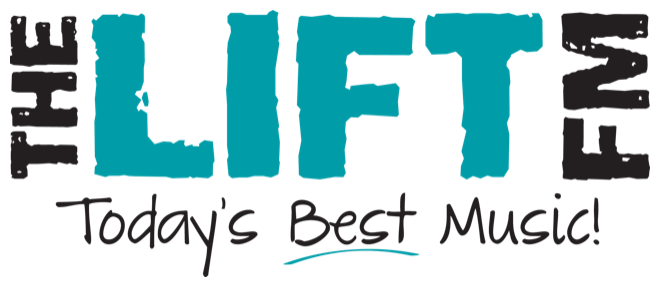An iconic scene will play out once again on July 28, when the peloton takes to the streets of Paris for the final turns in the 106th running of the Tour de France.
The exhausted yet elated two-wheeled warriors will toast their trip as they cruise the Champs-Élysées, glasses of Champagne in hand. It is a scene of not just sophisticated celebration, but one that commemorates the rider’s camaraderie and achievement with the elixir that best defines victory.
I thought of that finish early on in the Tour as I watched, on NBC, the riders cruising into Epernay, the de facto capital of the Champagne region, during the third stage of the 21-stage race. It was all so … French.
The race that Monday ran for 217 kilometers from Binche to Epernay. After the riders rode through Reims, in the shadow of the great cathedral with the Marc Chagall windows, they emerged into the summer sunshine amongst the hills that host the brilliant vineyards of Champagne. The vines of pinot noir, chardonnay and pinot meunier (the grapes allowed in the production of Champagne) were perfectly aligned atop the ridges and into the hollows that are home to the famed names of the region and the humble grower champagnes.
As the line of bikes snaked along the highways, past the great Champagne Houses, they made for spectacular shots from the helicopters above. They rolled past the gates of Champagne Bollinger, and one could see a display of barrels that had been artfully arranged to form the frame of a bike.
And, as fortune would have it, a Frenchman, Julian Alaphilippe, would take both the stage victory and the Maillot Jaune, the Yellow Jersey, that afternoon. Yes, I am sure there were full flutes of creamy bubbles consumed that evening in Epernay. Appropriately, Alaphilippe would take yellow once again six days later on Bastille Day.
It is the heart of the summer sport season in Europe and we are in the midst of a series of epic events this July. It all began, yes, in France, with the Women’s World Cup, which was won by the U.S. Women’s National Soccer Team on Sunday, July 7 in Lyon. The team, the toast of America, celebrated for three days straight with healthy pours and spectacular sprays of Veuve Clicquot “La Grand Dame” Champagne.
Then this past Sunday in London, Champagne Lanson, the official Champagne of Wimbledon, was poured in celebration of Novak Djokovic’s incredible “six-set”-plus-a-tiebreaker victory over Roger Federer in the Gentleman’s Singles Finals. At nearly five hours in length it was the longest men’s final match in the 133 vintages, er, years, of the championships.
And 65 miles away at the Silverstone Circuit, British Formula One Driver Lewis Hamilton sprayed a gold bottle of Champagne Carbon’s ultra high-end 2009 Blanc de Blanc Grand Cru Millesime, made from 100% Chardonnay grapes, into the sky after he drove his Mercedes to victory in a Formula 1 race. The bottle is made from the same carbon fiber materials used in the racecars.
Finally, especially if you are British, the highlight of the summer may have been England’s victory over New Zealand in the Cricket World Cup Final that was also held this past Sunday. For reasons unknown to me, the British Press referred to the victory as a “Champagne Super Over” and England won what many are calling the “the most dramatic cricket match ever.”
“Champagne and fireworks sprayed the sky…” was the lead in the Daily Mail. And yes, the cricket champions had prodigious bottles of Veuve Clicquot under thumb as well.
Of course, Champagne has been the preferred choice for celebrations since the 1780s, according to Kollen Guy who wrote the book “When Champagne Became French.” It seems that European royalty took to the expensive sparklers because they “added to a woman’s beauty and to a man’s wit.” But the practice of celebrating sporting victory seems to be a relatively recent affair, for which we have auto racing to thank.
In the 1930s, the French Grand Prix was run for many years on the Reims-Gueux circuit. Champagne merchant Count Frederic Chandon, yes of Moët et Chandon fame, was based in Epernay in the Champagne region where we started this story. The Count would bring his bottles to the track to help drivers celebrate their victories.
But it was an American driver, Dan Gurney, who took things to another level when he won the grueling 24 Hours of Le Mans along with teammate A.J. Foyt.
“I was so stoked when they handed me the Magnum of Moët et Chandon,” Gurney said later in life. “I shook the bottle and began spraying at the photographers, drivers, Henry Ford II, Carroll Shelby and their wives. It was a very special moment at the time. I was not aware that I had started a tradition that continues in winner’s circles all over the world to this day.”
This week “The Open Championship,” that would be the British Open golf tournament, takes place in Northern Ireland at Royal Portrush Golf Club. And yes, there is an official Champagne for that event as well. Expect the champion to hoist a bottle of Epernay’s Champagne PIAFF in victory on Sunday.
It is summer after all.
Kelly J. Hayes lives in the soon-to-be-designated appellation of Old Snowmass. He can be reached at malibukj@aol.com.
